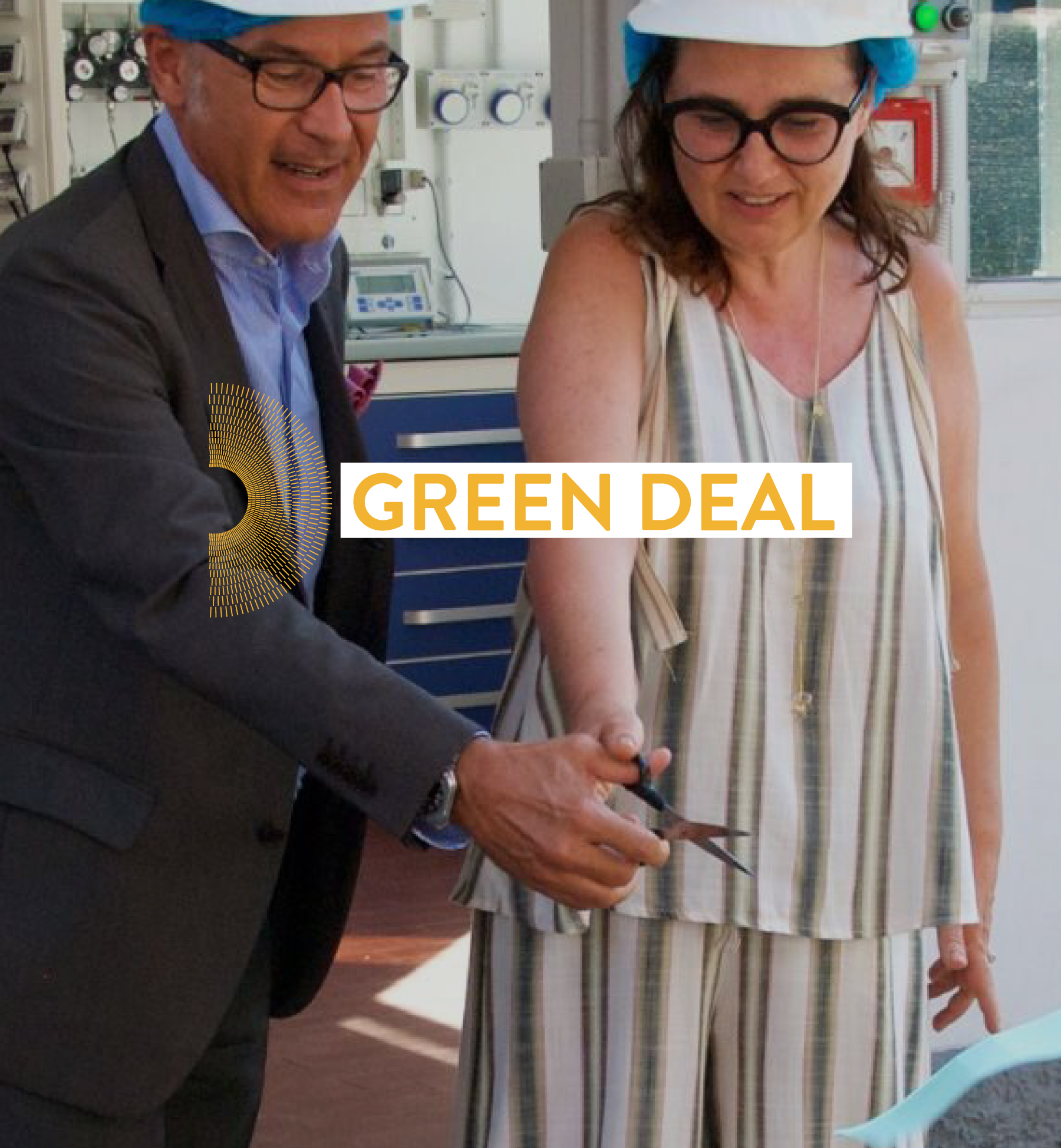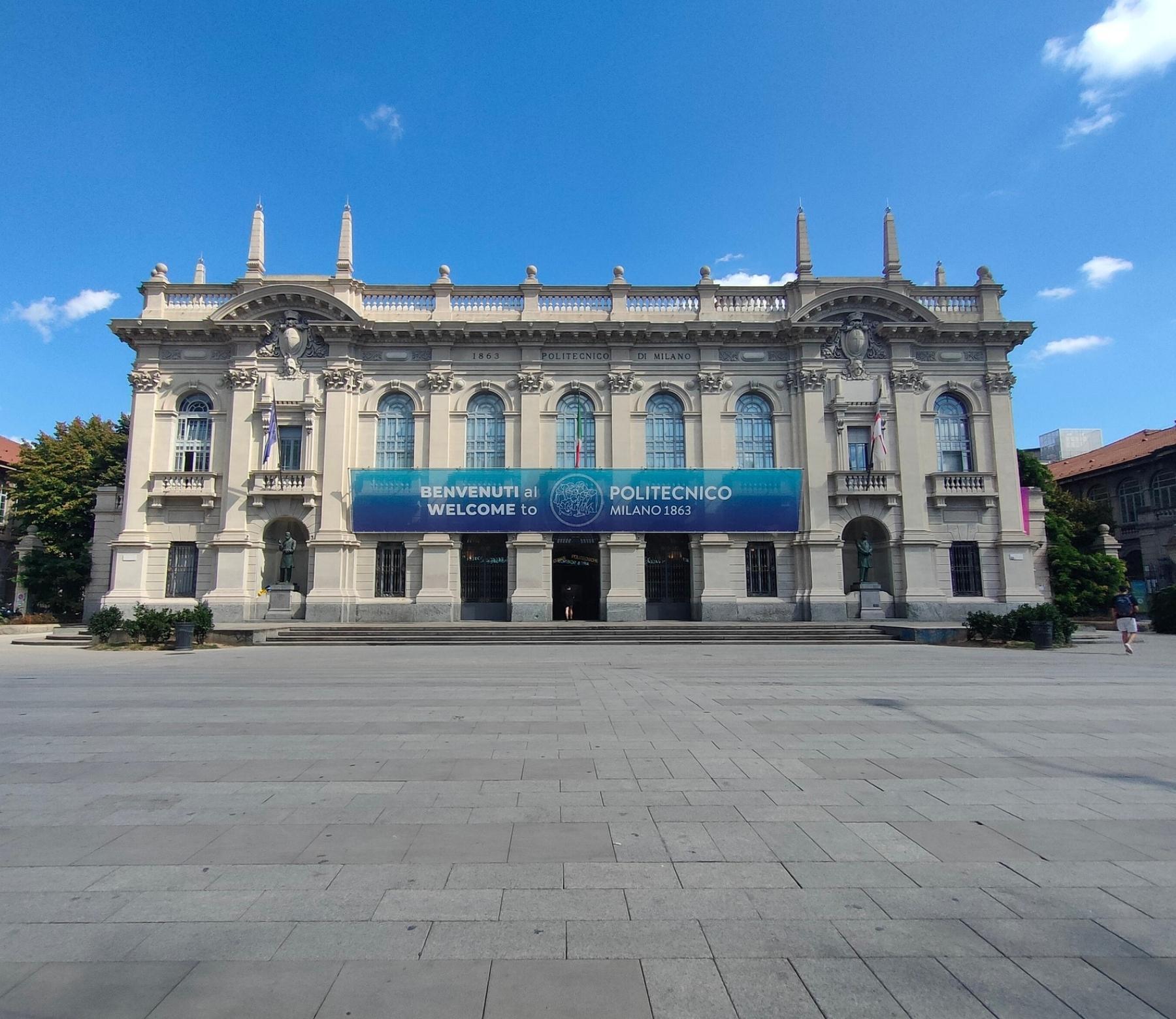
Author: admin

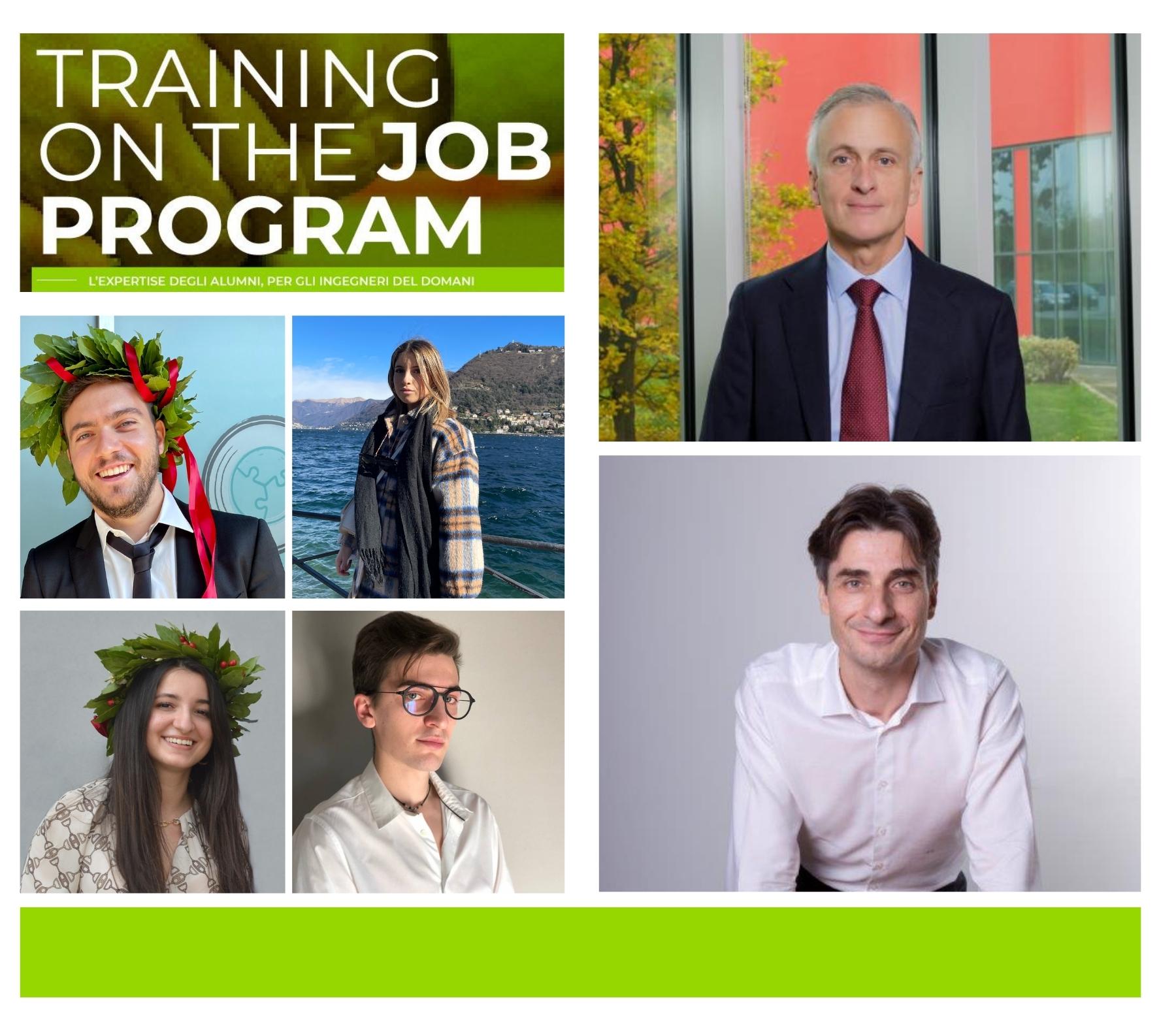
Training on the Job, or in other words: the imperfect science that you learn in the field
Many Engineering students at the Politecnico are required to do an internship at the end of their Bachelor's degree. However, in the last two years, the Management Engineering course at the Politecnico di Milano has launched an even more effective initiative of project work that helps them familiarise themselves with professional life within a company. The special thing about "Training on the Jobis that, unlike normal work experience, there is the direct and significant involvement of Alumni in the process. The programme involves each student being assigned a mentor/tutor chosen from a pool of experienced Alumni, who hold regular meetings online and at the company with the students, providing interim and final feedback on their progress.
The aim is to offer students the opportunity to get involved directly in real projects within a company; to get their hands dirty and apply the models and methodologies that they have learnt in the classroom to real-life contexts. This is a way for students to reflect on their academic career, approaching it from a different perspective and getting professional advice from the experts: the Alumni.
The students are part of a specific team and work on a real-life situation. In most cases, it is not a time of transition to the world of work; the majority of students choose to continue with postgraduate study after their Bachelor's degree. So, why stop studying for several months to "go to work"? We asked some of the students who have taken part in the programme.
TRAINING ON THE JOB: "YOU LEARN DIFFERENT THINGS" WAS THE STUDENTS' RESPONSE
Daria Tortora, third-year Management Engineering student. Training on the Job at Europ Assistance. Mentor: Fabio Carsenzuola, CEO, Computer Engineering Alumnus
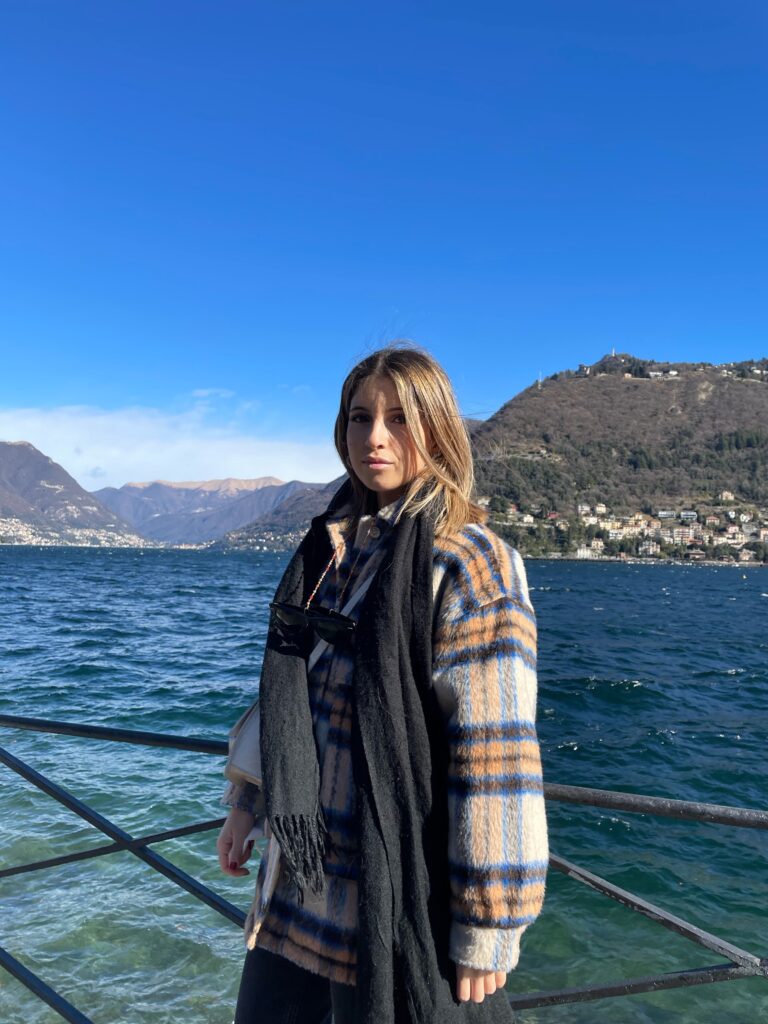
"It taught me how the world of work works, which is very different from what we are used to at university," says Daria Tortora. She completed her training at Europ Assistance, under the supervision of the CEO Carsenzuola and Ezgi Dogan, MSc Management Engineering Alumna.
“The goal of my project was to identify distinct customer segments, so that we could apply customised business strategies to each group. Using the data available in the company database, we designed and implemented a customer analysis and segmentation model using RFM analysis (which stands for Recency, Frequency and Monetary). We then built the model and interpreted the results obtained, identifying possible actions to be taken for the different types of customers identified. We used an innovative approach that, on the one hand, provided us with a significant overview, as informed an concise as possible, of the customer base, improving our understanding of the company's customers and their characteristics. On the other hand, once integrated with the results of the RFM segmentation, we could refine and improve the customisation services to be developed for each group identified. The experience far exceeded my expectations. The team and the work I was assigned allowed me to use the knowledge that I’ve acquired throughout my university studies in a real-life context. Theoretical skills are not enough if you are unable to apply them; work experience is crucial to understanding how these techniques should and can be applied to help and give value to an organisation. In my case in particular, I saw all the concepts that I’d learnt during last semester’s Business Data Analytics course applied in practice. As my first work experience, it has been of enormous value on a personal level. I had the opportunity to work alongside very highly-skilled individuals who were willing to give me a hand or some advice, who welcomed me with enthusiasm and who were genuinely interested in my work. I also learned that working in a motivational environment is paramount to achieving results. I watched my team work with passion and enthusiasm, making my job engaging, exciting and productive. Especially with our victory in the World Care League company competition - an ideas competition organised by Europ Assistance - I had the satisfaction of seeing my efforts recognised and achieving results that are not only valuable for me, but also for the company. You realise that, with hard work and commitment, you not only can you achieve your own results, but also that everyone shares the same goals and your contribution therefore becomes important for everyone you work with.
Riccardo Bertelli, newly graduated with a Bachelor’s degree in Management Engineering. Training on the Job at Europ Assistance. Mentor: Fabio Carsenzuola, CEO, Computer Engineering Alumnus
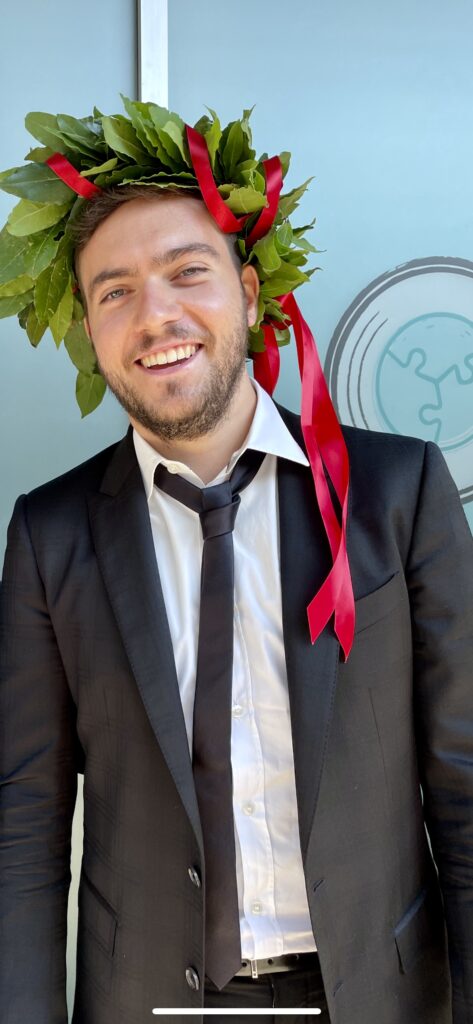
Riccardo Bertelli was also supported by Carsenzuola and his team at Europ Assistance, in particular Cecilia Perri. “I immediately felt at ease in my assigned team at the company, namely the Project Management Office. My Training on the Job lasted from mid-March to the end of May. I put a lot of effort into completing my project on time in order to be able to graduate in July 2022 , says Riccardo.
"My project was divided into 2 objectives: the first involved analysing how the PMO team currently manages the project portfolio and the idea was to introduce a tool that could replace and improve this current management. The second objective, which was more of an in-depth study, was to identify an indicator to be introduced in the initial set-up phase of each project to analyse end-user satisfaction. Through this experience, I expected to grow personally and learn about the pace of work. And that is what happened. I learnt a lot about work dynamics, how different the working world is from our university routine , and how the soft skill of flexibility is essential to deal with everyday problems. In terms of a Master’s degree, I was already planning to continue studying Management at the Politecnico - the Training helped me to get a clearer idea fo which areas of specialisation I want to pursue. This was thanks to a feedback session with the entire PMO team and then also with the CEO Carsenzuola personally, during which I received advice that I’m sure will come in handy later down the line. The individual courses I took throughout my Bachelor’s were not essential to my success in the Training, but the methodology I learned at the POLI was very useful. With which, I mean a very structured and critical way of thinking and reasoning which enabled me to handle this experience in the best possible way.”
Nicolò Guglielmetti, third year Management Engineering student. Training on the Job at Tenova. Mentor: Roberto Pancaldi, CEO, Mechanical Engineering Alumnus
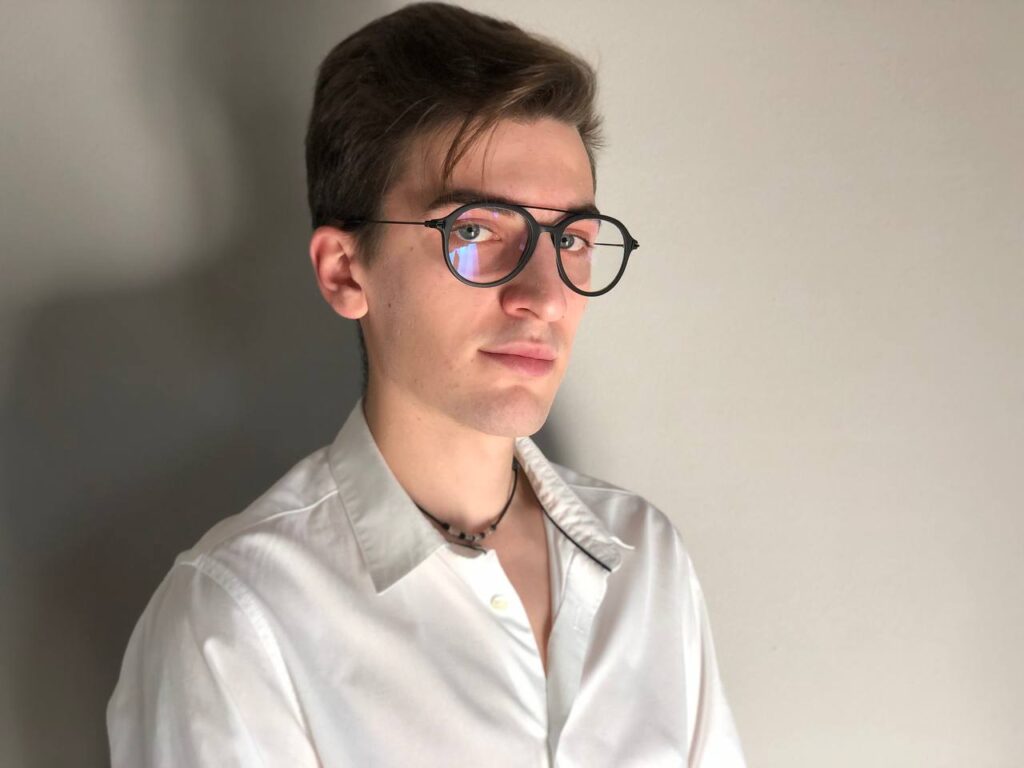
Nicolò Guglielmetti was supervised by Roberto Pancaldi, CEO of Tenova (Mechanical Engineering Alumnus), Enrico Malfa, R&D director (Aeronutica Engineering Alumnus) as well as Marta Guzzonsenior scientist for the circular economy (PhD Alumna). Nicolò worked on the methodologies and tools used for assessing the environmental impact of the steel production cycle, analysing possible ways in which the technology could be evolved, including from an economic standpoint.
"My mentoring started in December 2021 and ended in June 2022," he comments, "in a combination of work at the company and from home. In the more intensive part of the mentoring (from February to May), I went into the office once a week for about 8 hours, with the addition of work I had to complete at home, which amounted to around a couple of hours a week. The experience exceeded all of my expectations. Personally, my two main hopes were to be supervised by the company, and not left to my own devices, and to work on things that I had not covered in previous academic courses, so as to enhance my cultural knowledge. Both hopes were fulfilled: I was mentored very closely and I gained knowledge on topics such as ETS, LCA, CO2 calculations and steel production, which I had only ever touched on briefly in academic courses.. Thanks to the mentoring, I am now thinking of continuing with postgraduate studies in circular economy."
Gabriella Caputi, first year Master’s student in Management Engineering. Training on the Job at Tenova. Mentor: Roberto Pancaldi, CEO, Mechanical Engineering Alumnus
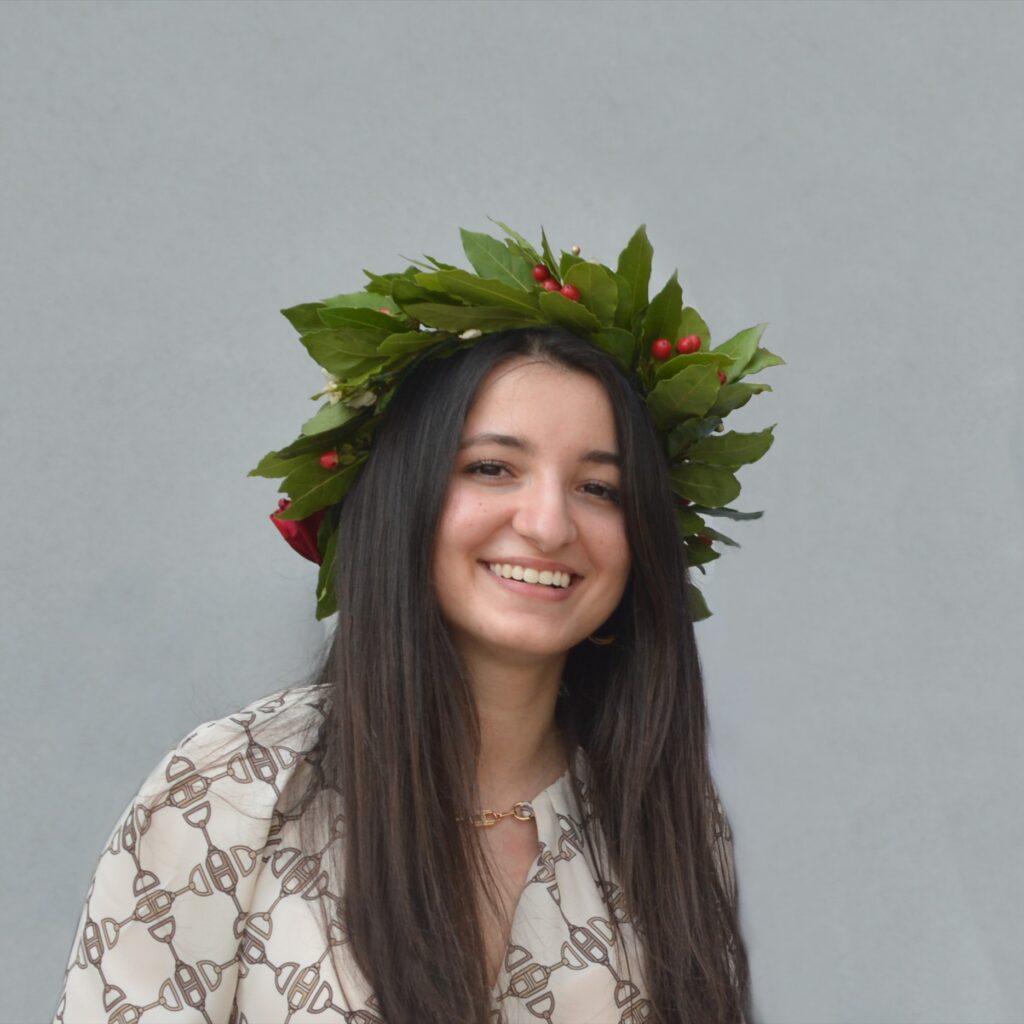
Pancaldi and Malfa, together with Chemical Engineering Alumnus Mattia Bissoli, R&D Specialist, also mentored Gabriella Caputi:
"I am currently enrolled in a Master's degree in Management Engineering at the Politecnico di Milano. For my Bachelor’s degree dissertation, I wrote a report on the Training on the Job that I did at Tenova S.p.A. during the second semester of my third year. My dissertation title was The measurement of innovation in industrial growth and I worked on developing a performance measurement system for the Research and Development division. I decided to enrol in the Training on the Job to get a taste of the world of work and apply what I had studied in a real-life context.I expected to be treated as a student and to have to shadow my supervisor in their activities. On the contrary, I was assigned a new project for which I was responsible for deciding how to proceed, according to my experience and studies, naturally with the support of my supervisor. It was a very welcoming environment and I was always treated like a colleague, with a lot of respect for my effort and my needs. This experience definitely taught me how to interact with colleagues in a work environment and to have more confidence in my abilities. I think that, in general, work experience helps you to see your studies from a different perspective: you have to tackle things that you have learnt on a theoretical level, but in a new version and not always "perfect" like you see in the textbooks. This experience has most definitely motivated me to continue my studies in order to learn even more about the different dynamics of the working world. It also informed my choice of postgraduate study because it allowed me to understand what I find most stimulating and what, instead, doesn't interest me as much."
IT TAKES A VILLAGE…
Each student therefore had an "official" mentor, but in fact was supported by a whole team of alumni who showed them the ropes in the different areas of the job. "If there had been such an opportunity in my day, I would certainly have jumped at it," says Carsenzuola. "It comes at a very opportune moment: these young people have sufficient intellectual maturity, but they are still in a transitional phase, where they have to confirm the choices they have made up until now or change direction. Work experience helps a lot in this respect.”
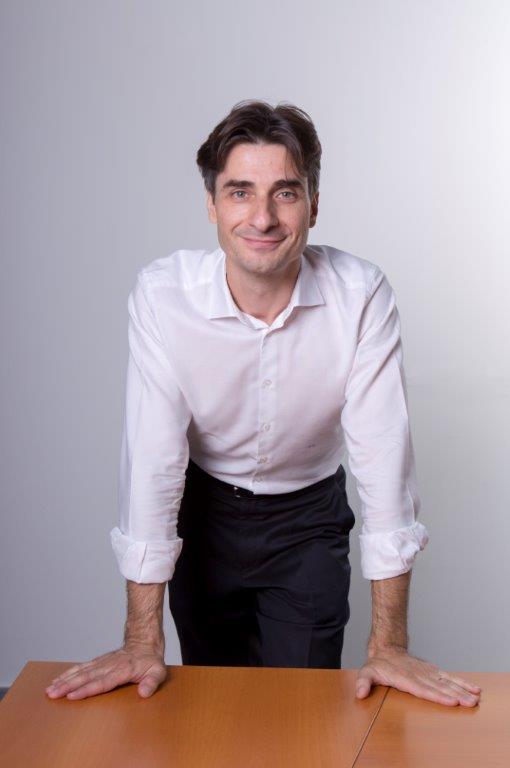
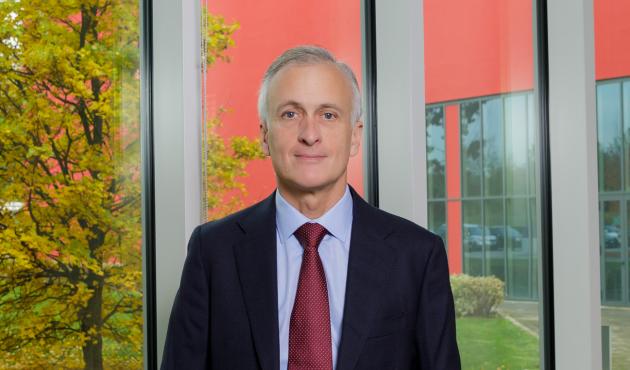
It’s not only the trainee who benefits. Indeed, it is also an opportunity for the hosting companies, as Pancaldi explains: "I welcomed the initiative with the view of giving-back to the Politecnico di Milano, to which I owe so much. But, in doing so, I realised that having bright, well-prepared young people available, who are external to the everyday goings-on, also allows us to study aspects that, in our daily routine at the company, we never manage to get round to, due to a lack of time."
The work these young trainees do do has a long-term impact at the companies in which they "train". This was the case with Gabriella, for example, Pancaldi continues: "We were using an outdated set of KPIs to evaluate the results of research and development activities and wanted to update it. Gabriella's work involved the bibliographic research, selection and rationalisation of the most commonly used KPIs in the world, then together with her we selected what has become our new set of KPIs. Nicolò, on the other hand, compared the various tools for assessing the environmental impact of our technologies. He compared 3 tools that calculate CO2 emissions, helping us understand the differences, pros and cons of the various approaches. This is a very topical issue for us because we are engaged in energy transition and decarbonisation at all levels. Each of these tools produces different results, so understanding them properly is important for making strategic decisions.”
Carsenzuola also agrees on the impact of his trainees' work on business processes, including in the long term: “We placed Daria in a team that deals with customer experience, which is a key component at Europ Assistance, as can also be seen from our pay off: You live We care. In particular, Daria worked on the commercial and marketing aspects of our customer relations. She used statistical and analyticaltools, which in the classroom she had seen applied to very different subjects, to develop a tool to assess the probability that a customer will decide to terminate their relationship with Europ Assistance, and above all understand the reasons for this and consequently define concrete actions to strengthen the relationship, improving the overall customer experience. Her project also won an ideas competition, the World Care League- which we hold internally every year, aimed at developing new ideas and financing their development. Daria was so well-integrated into the team that developed this idea, that she was selected as a project spokesperson.
If you also want to be part of the Training on the Job program, write to alumni@polimi.it .
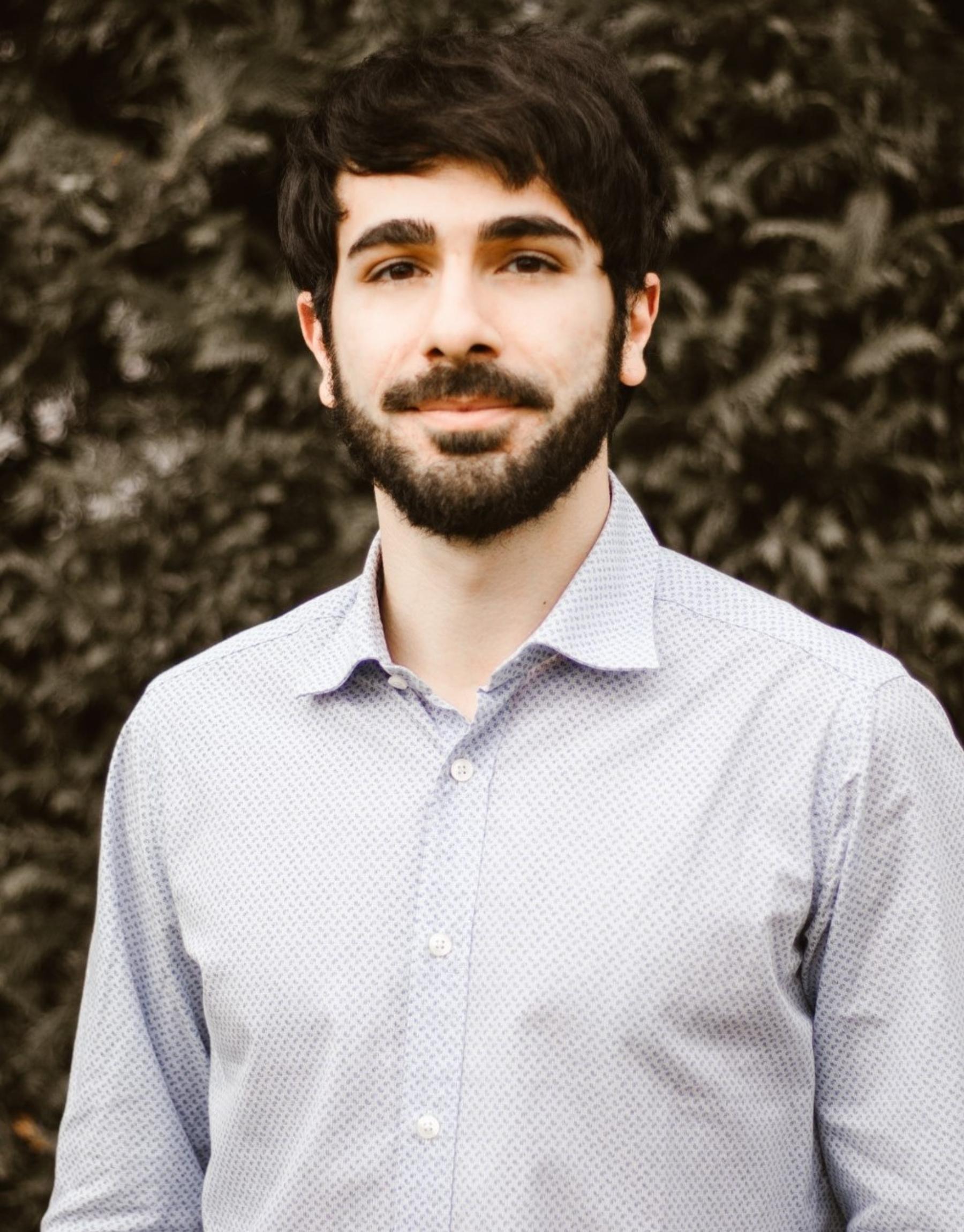
Mirko Trisolini, the researcher hunting for "stardust"
The Polytechnic University of Milan is the coordinator of the CRADLE (Collecting Asteroid-Orbiting Samples) project, funded under the Marie Skłodowska-Curie Fellowship (MSCA-IF)program. At the head of the project is Mirko Trisolini, 33, an expert in dynamics of celestial bodies, satellites and space debris, in particular the motion of fragments and particles around small bodies of our Solar System, such as asteroids and comets. With the CRADLE project, Trisolini intends to develop an innovative method for exploring and collecting asteroid and comet dust samples.
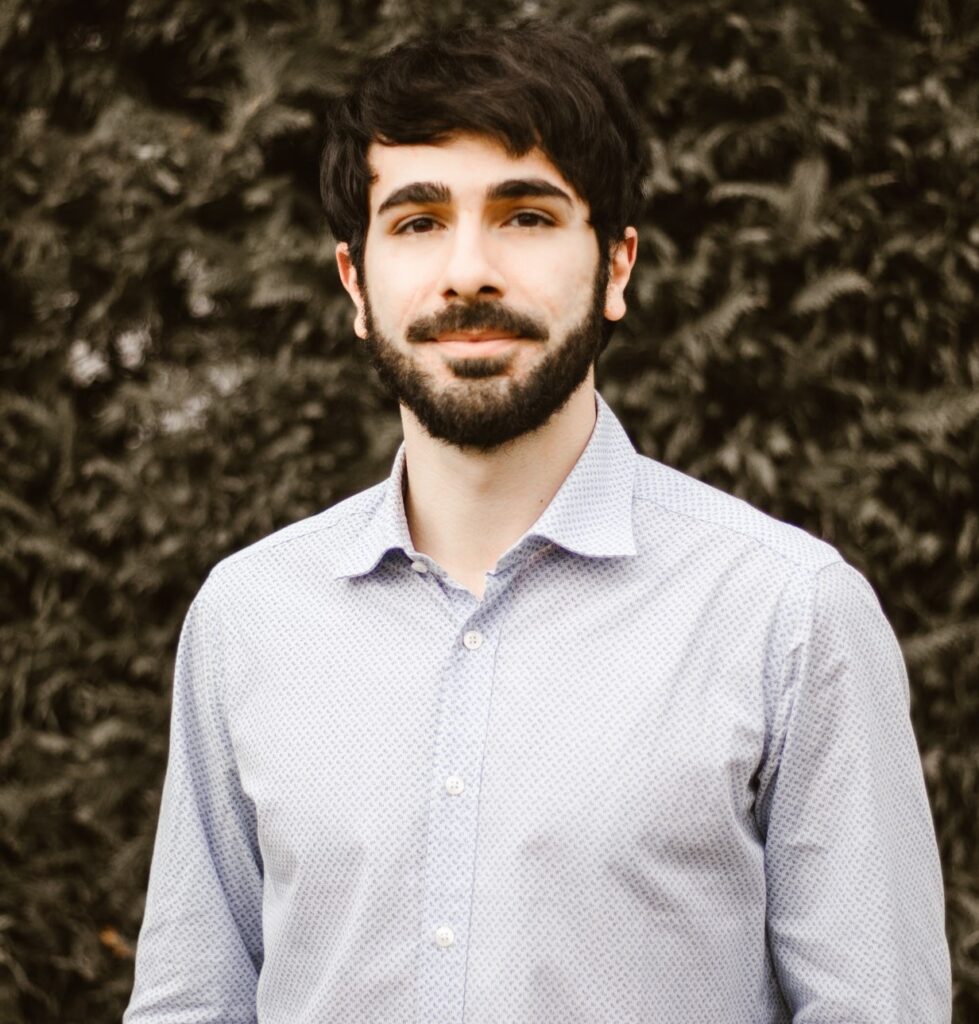
WHAT DO WE NEED ASTEROIDS FOR?
Our knowledge about these celestial bodies is still less than we would like it to be. However, we do know that they are rich in precious resources such as metals, silicates and water, which could be exploited to allow the self-sufficiency of crews during future long-duration missions, and which give us information on the history of our galaxy.
"Exploring the composition of these celestial bodies will allow us not only to expand our knowledge of the Solar System, but also to learn how to exploit the space resources: mineral resources, for example, and other vital resources for future manned missions, such as water that may lie beneath the surface"
explains Trisolini, who for this purpose studies the dynamics and composition of their powders and aims to develop an effective system for collecting samples without the need to land a probe on the celestial body (landing operations are actually very complex, as we learned from the Rosetta mission).
HOW IT WORKS (IN THEORY)
The particles would be generated by striking the asteroid with a small projectile. The explosion ejects them into orbit, where they can be collected by an orbiting probe. CRADLE therefore studies particle movement around the asteroid to predict which areas will be the most favourable for collection and, by estimating the number of particles that will become dislodged, calculates the size of instrument required for collection. The intermediate step of the project will lead Trisolini to develop more precise models for the collection and behavior in orbit of materials extractable from asteroids, with image processing techniques and reconstruction of the characteristics of the particles.
“We use statistical models, also integrating the images of the impact event and the impact site. The collection of particles in orbit is based on predicting particle positions after impact; therefore, improving the robustness of impact analysis combined with statistical analysis methods is of paramount importance. In-orbit collection also means figuring out where to position the spacecraft in relation to the asteroid, as well as what type of collection tool it should be equipped with", says the researcher.
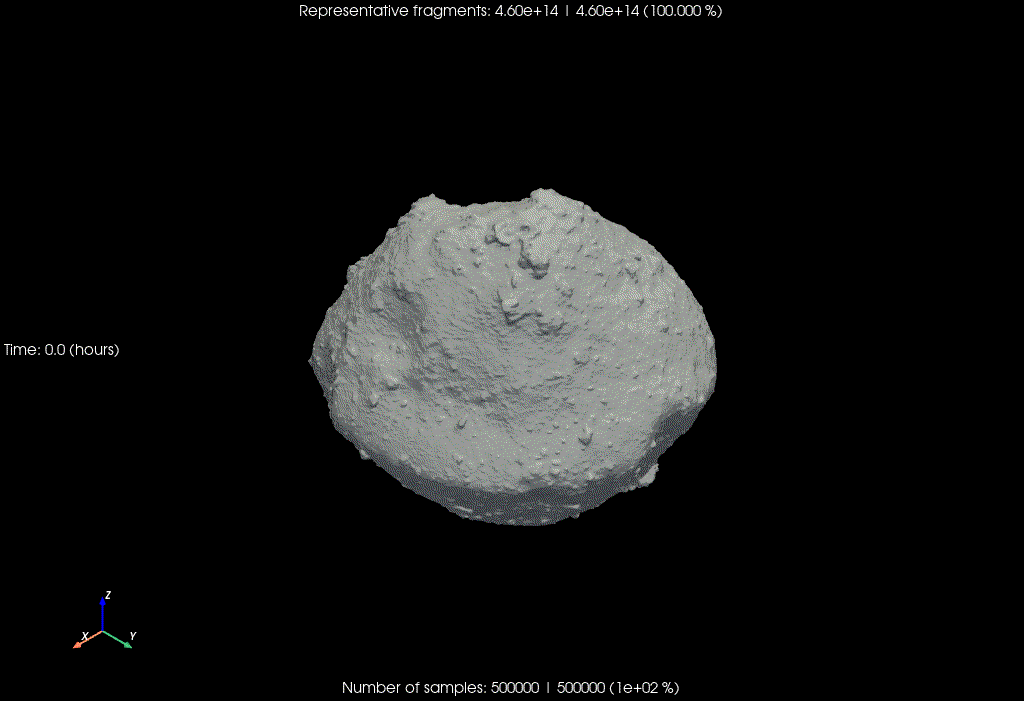
FROM THE POLI YOU CAN GET ANYWHERE IN THE SOLAR SYSTEM
Mirko Trisolini works with the COMPASS group of the Department of Aerospace Science and Technology of the Politecnico di Milano.We also talked about him in 2021, when he won a “Marie Curie Individual Fellowship": a research grant dedicated to young researchers who deal with issues that are crucial for society. "I chose the Polytechnic University as host institution", he explains, "for the experience and technical background of the research group in which I work and the deep-rooted collaborations, including international ones, to which it has access": Mirko Trisolini is working towards developing technology together with the University of Padua and the Japan Aerospace Exploration Agency (JAXA), under the supervision of Prof. Camilla Colombo (Polytechnic University of Milan) and Prof. Yuichi Tsuda (JAXA), Project Manager of the Hayabusa2 mission that collected samples from the Ryugu asteroid and brought them back to Earth.
Credits header: Photo by Denis Degioanni on Unsplash
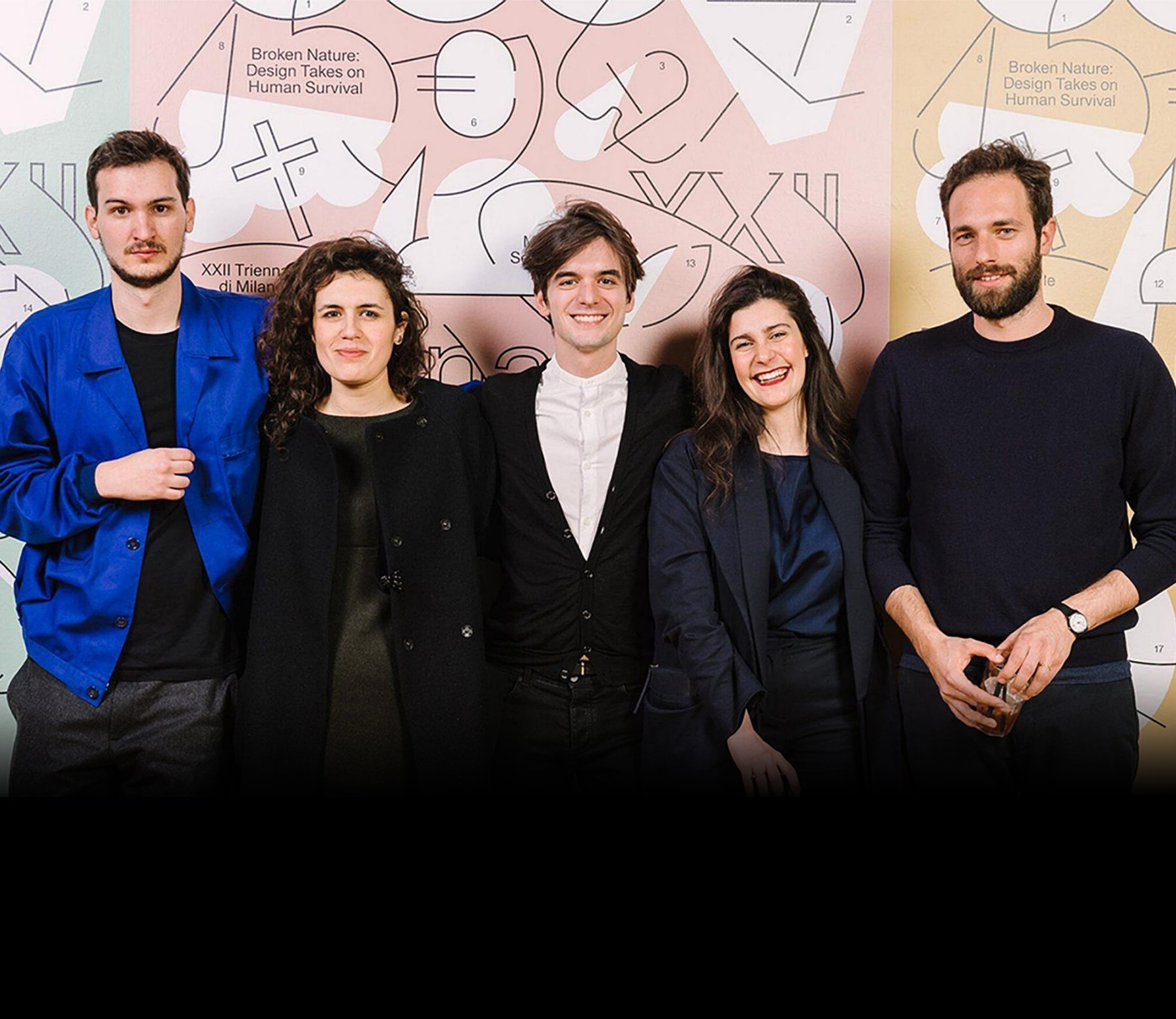
The Politecnico at the Biennale: 5 Alumni design the 2023 Italian Pavilion
“The choice of a young collective made up entirely of men and women in their thirties aptly responds to the theme of the 18th edition of the Biennale. This year’s Biennale Architettura, entitled “The Laboratory of the Future”, has been called upon to investigate sustainable solutions to future ways of living”.
With these words, the Minister of Culture, Dario Franceschini, announced the appointment of the Fosbury Architecture collective to lead the curation of the next Italian Pavilion for the International Architecture Exhibition at the Venice Biennale, which will take place from 20 May to 26 November 2023.
The collective was founded in 2013 and is made up of an all-Politecnico roster. Alumni and architects Giacomo Ardesio, Alessandro Bonizzoni, Nicola Campri, Veronica Caprino and Claudia Mainardiare already working on the theme and title of this 18th edition of the Biennale Architettura: “The Laboratory of the Future”.
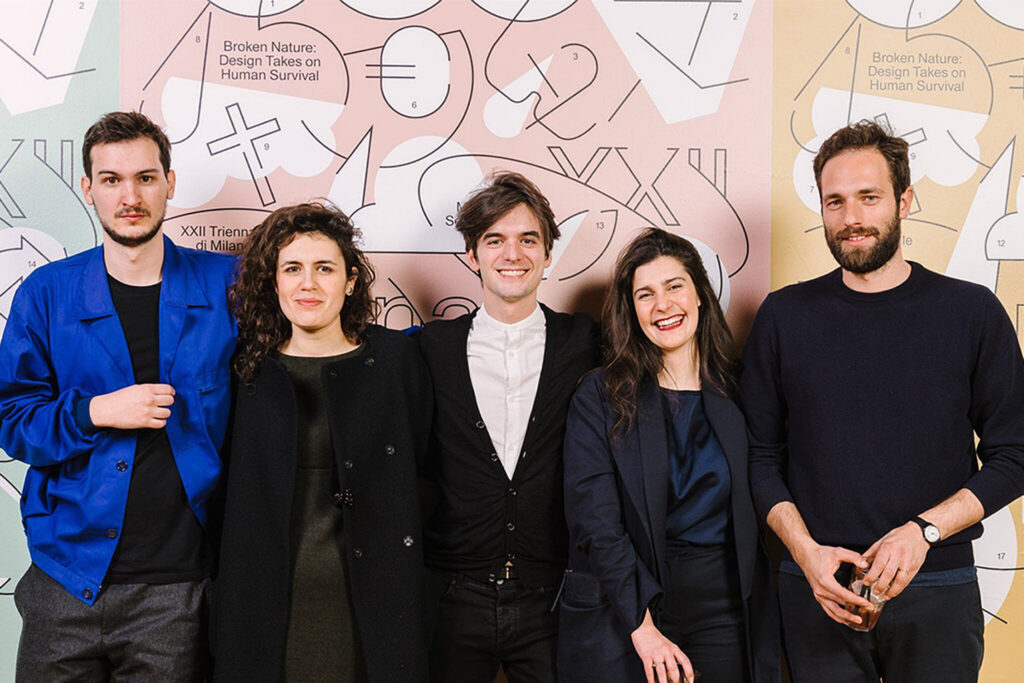
Among the various criteria that prompted the Directorate-General of Contemporary Creativity to choose them are "experience gained in the national and international fields, scientific, curatorial and research activities, ensuring a balanced gender distribution". The Fosbury Architecture collective has already participated in numerous design and curatorial experiences in important museum and private spaces.
"With immense honour and gratitude, we welcome the appointment as curators of the 2023 Italian Pavilion at the 18th edition of the International Architecture Exhibition of the Venice Biennale. We would like to thank the Minister of Culture, Dario Franceschini, and the Directorate-General for Contemporary Creativity for the trust placed in us and all the professionals who have supported this project. We will work with the utmost commitment, aware of the value that this appointment represents, especially for the younger generations,”
comment the curators, who will have to set up the 1,200 and 900 square metres of outdoor space that make up the Italian Pavilion and will be responsible for marketing the Made in Italy brand and Italian research to architecture experts and enthusiasts from all over the world.
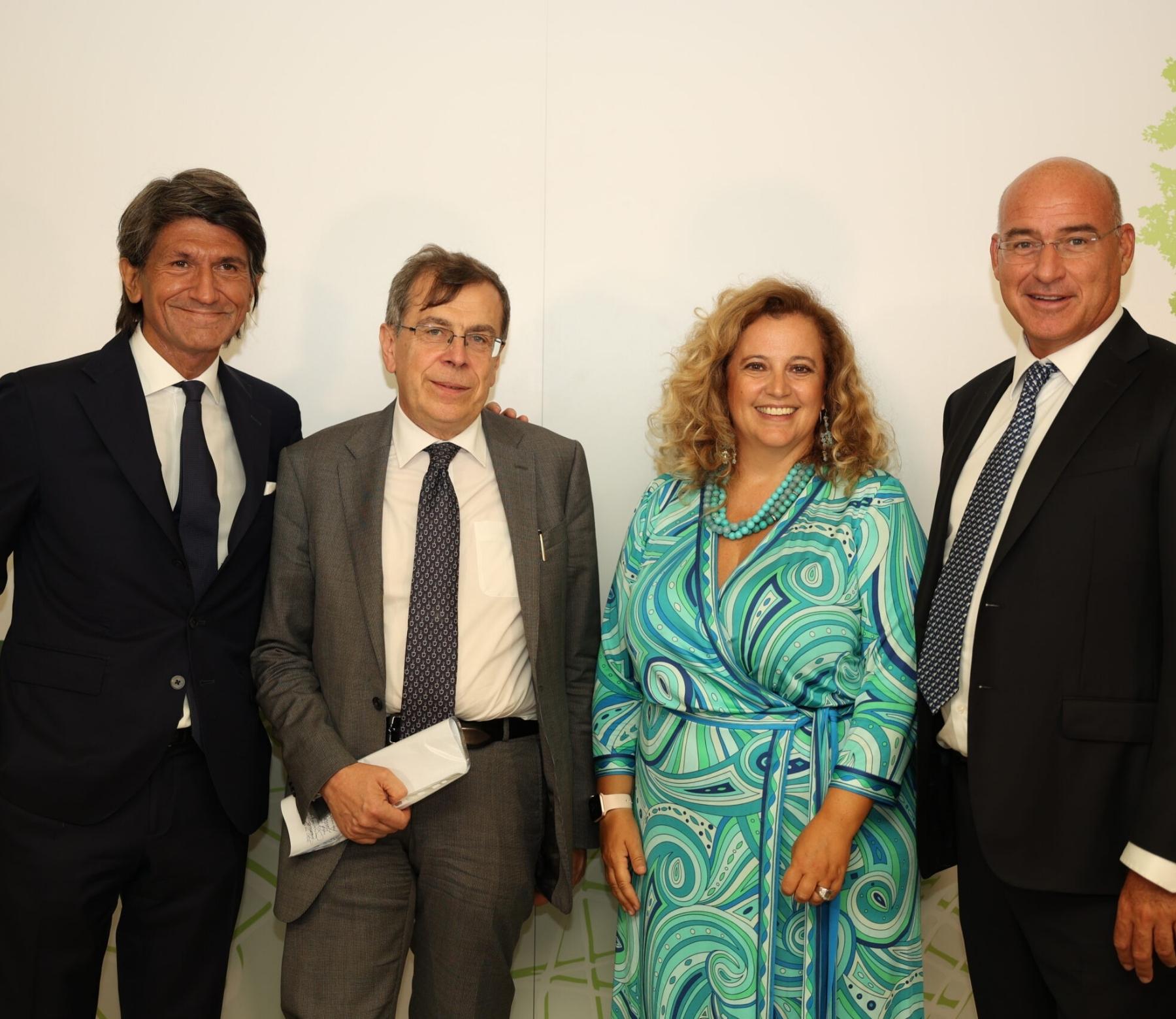
Launch of Musa: the ecosystem of technology and sustainable innovation
Milan has launched an ecosystem of technology and sustainable innovation, MUSA (Multilayered Urban Sustainability Action): the collaboration between the Università di Milano-Bicocca, the proposing body, the Politecnico di Milano, Università Bocconi and Università Statale di Milano will enable the development of smart solutions for renewable energy and waste management, the study of new models of green mobility, the creation of an incubator and acceleration hub for startups, optimization of the use of big data for the health and well-being of citizens, the development of new solutions of sustainable finance and the creation of the conditions for an increasingly inclusive society, free from inequalities.
Transforming the metropolitan area of Milan into an innovation ecosystem for urban regeneration, a model that can be replicated on national and European level. This is the ambitious challenge that the four universities will face in the next three yearsthanks to partnerships with 24 public and private entities and a total investment of EUR 16 million, with EUR 110 million from the National Recovery and Resilience Plan (PNRR).
The project has six areas of action, or ‘spokes’, each coordinated by one or more universities:
- The project has six areas of action, or ‘spokes’, each coordinated by one or more universities:
- Big Data-Open Data in Life Sciences
- Deep Tech: Entrepreneurship & Technology Transfer
- Economic Impact and Sustainable Finance
- Sustainable Fashion, Luxury and Design
- Innovation for Sustainable and Inclusive Societies
MUSA was presented at the Università di Milano-Bicocca, with the presentation attended by the rectors of the four universities: Giovanna Iannantuoni (Università di Milano-Bicocca), Ferruccio Resta (Politecnico di Milano), Gianmario Verona (Bocconi), Elio Franzini (Università Statale di Milano), the President of the Lombardy Region, Attilio Fontana, Regional Councillor for Education, Universities, Research, Innovation and Simplification, Fabrizio Sala, the Mayor of Milan, Giuseppe Sala, and the President of the Cariplo Foundation, Giovanni Fosti.
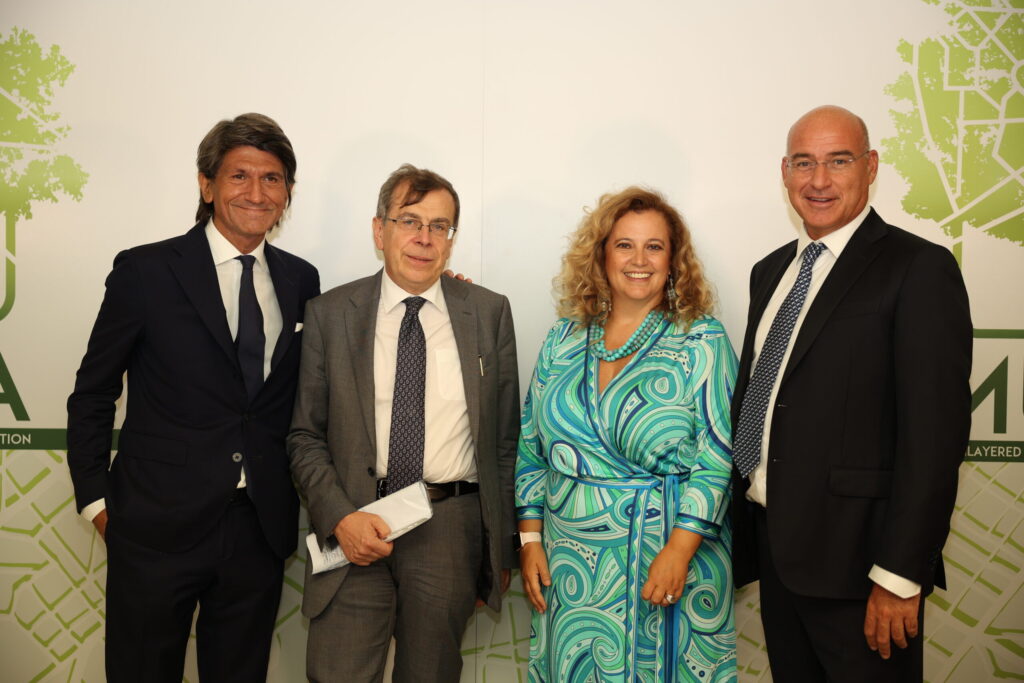
Developing technologies for economic and circular sustainability and promoting high-tech entrepreneurship are the two main objectives of the Politecnico di Milano within the MUSA ecosystem. The Lombardy Region and the metropolitan area of Milan, in particular, are a unicum in the national context, starting from leading sectors, such as fashion and design, gradually moving through to new companies with a high rate of innovation. The Politecnico di Milano Foundation, which has always been close to the needs of companies, will manage these two spokes together with the university,
said Ferruccio Resta.
In the cover image the rectors of the four universities: Gianmario Verona (Università Bocconi), Elio Franzini (Università Statale di Milano), Giovanna Iannantuoni (Università di Milano-Bicocca), Ferruccio Resta (Politecnico di Milano).
Discover more: polimi.it
Credits header: lombardiaeconomy.it

A Politecnico study reveals one of the mysteries of Stonehenge
Stonehenge continues to attract the attention of scholars and researchers more than four millenia after its construction. Giulio Magli, professor at the Politecnico di Milano, and Juan Antonio Belmonte, professor at Instituto de Astrofísica de Canarias and Universidad de La Laguna in Tenerife, have published on Antiquity, authoritative journal of Archaeology, an innovative study which helps explain the monument original function: the theory that Stonehenge was used as a solar calendar is wrong. Its structure instead accounts for a symbolic interest of the builders to the solar cycle, most probably related to the connections between afterlife and winter solstice in Neolithic societies.
Archaeoastronomy, which often uses satellite images to study the orientation of archaelogical sites, has a key role in this interpretation, since Stonehenge exhibits an astronomical alignment to the sun which refers both to the summer solstice sunrise and to the winter solstice sunset.

In the paper, Magli and Belmonte refute the theory that the monument was used as a giant calendrical device, based on 365 days per year divided in 12 months, with the addition of a leap year every four. This calendar is identical to the Alexandrian one, introduced more than two millennia later, at the end of the first century BC as a combination of the Julian calendar and the Egyptian civil calendar. The authors show that this theory is based on a series of forced interpretations of the astronomical connections of the monument, as well as on debatable numerology and on unsupported analogies.
First of all, Magli and Belmonte refer toastronomy: they show that the slow movement of the sun at the horizon in the days close to solstices makes it impossible to control the correct working of the alleged calendar, as the device (remember: composed by huge stones) should be able to distinguish positions as accurate as a few arc minutes, that is, less than 1/10 of one degree.
Second, numerology. Attributing meanings to “numbers” in a monument is always a risky procedure. For example, in this case, a “key number” of the alleged calendar, 12, is not recognizable anywhere.
Finally, cultural paragons. A first elaboration of the 365 plus 1 day calendar is documented in Egypt only two millennia later than Stonehenge (and entered in use further centuries later). Besides, a transfer and elaboration of notions with Egypt occurred around 2600 BC has no archaeological basis.
Credits home: : Robert Anderson on Unsplash on Unsplash
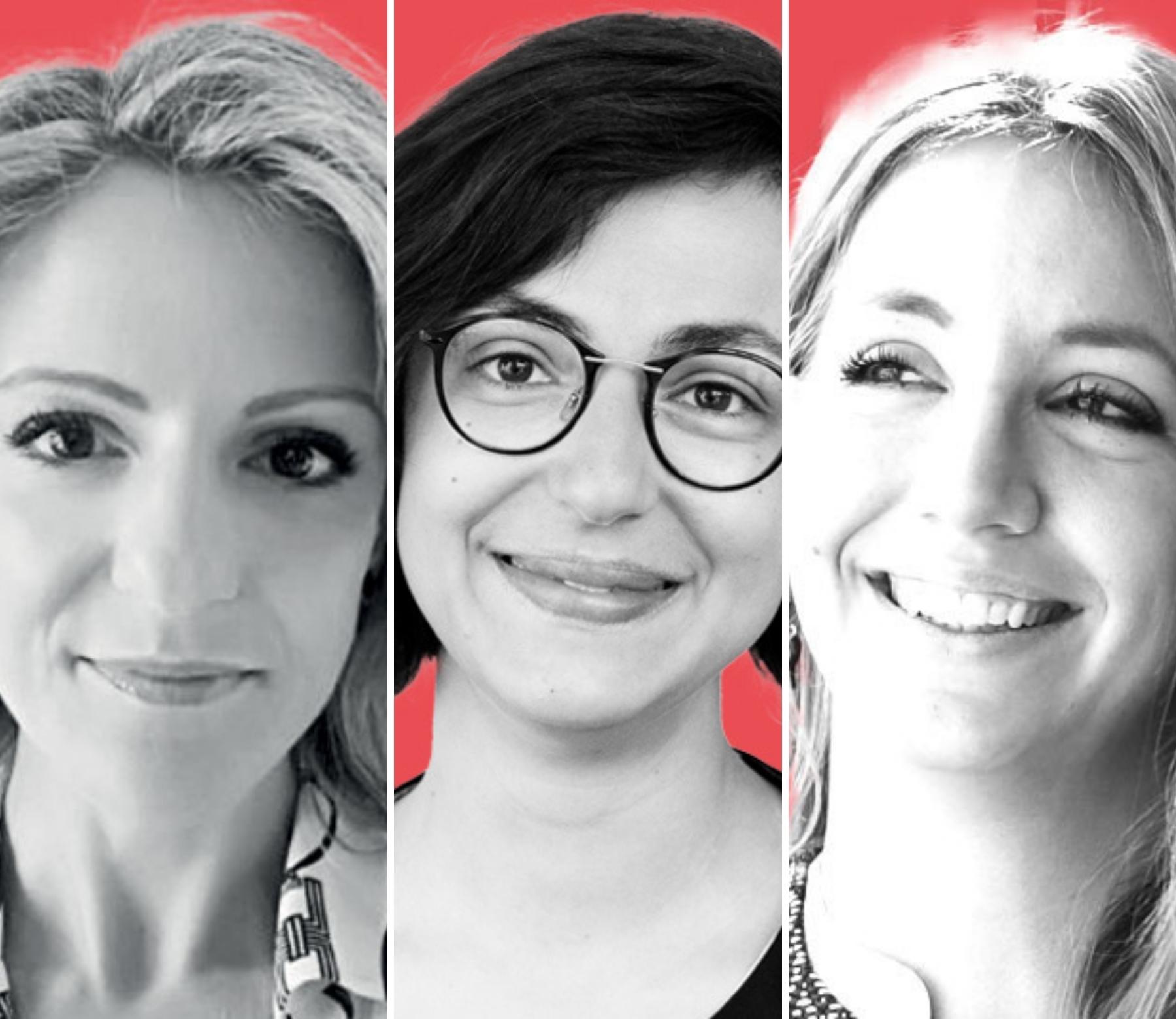
Who are the 3 Politecnico Alumnae in the Fortune 40 Under 40 ranking?
Managers, researchers, content creators and athletes: this year, Fortune Italia has once again drawn up the list of young people under 40 who are changing the country by bringing innovation to their industries. The names also include three Polytechnic Alumnae who have distinguished themselves for their professionalism, talent and ideas. Let's get to know them better:
ANNALISA ANDALORO
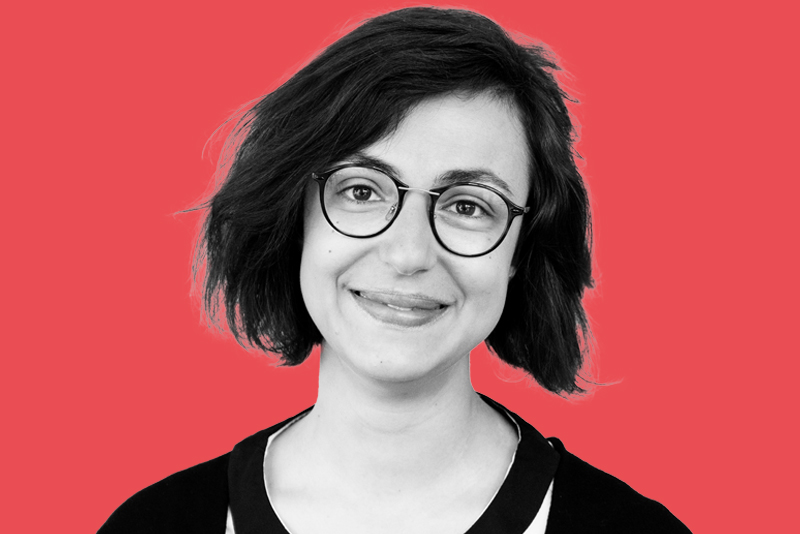
Alumna with a Master in Building Systems Engineering and PhD, Annalisa Andaloro cut Innovation manager at Alperia Spa, a multi-utility for which she is developing the group's innovation ecosystem, with a focus on operations and training. Since 2021, she has been a member of 'La Carica delle 101', a network of women who work pro-bono to support emerging companies, providing advice on business development and scalability.
Expert in building energy efficiency, she has coordinated several European projects. She is scientific director for the international executive level Master in Façade Architecture, Construction and Engineering (FACE).
GIULIA ROSSI
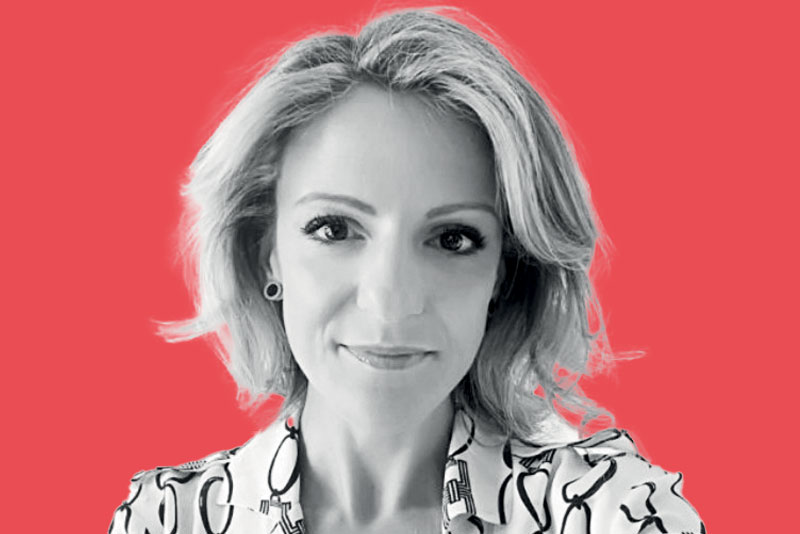
After a Master at MIP Politecnico di Milano, Giulia Rossi Rossi joined Amazon in 2019, and progressed to the role of Principal digital innovation lead Southern Europe at Amazon Web Services (AWS)in 2021. Her goal is to support companies in the journey to transform and accelerate their business, and to strengthen their expertise. For over 15 years, she has been an Innovation Advisor and Dgital Strategist, creating product portfolios and market strategies in sectors such as telecommunications, cybersecurity and also in the energy sector, gaining experience in Silicon Valley, the United Kingdom and the Iberian Peninsula.
In her current role at Amazon Web Services, she helps companies to adopt an innovative approach and develop cloud-based solutions from the AWS Cloud. Rossi is very active in supporting gender equality, and is a board member of Women & Technologies, as well as being Executive MBA MIP Alumni ambassador.
MARIA VITTORIA TRUSSONI
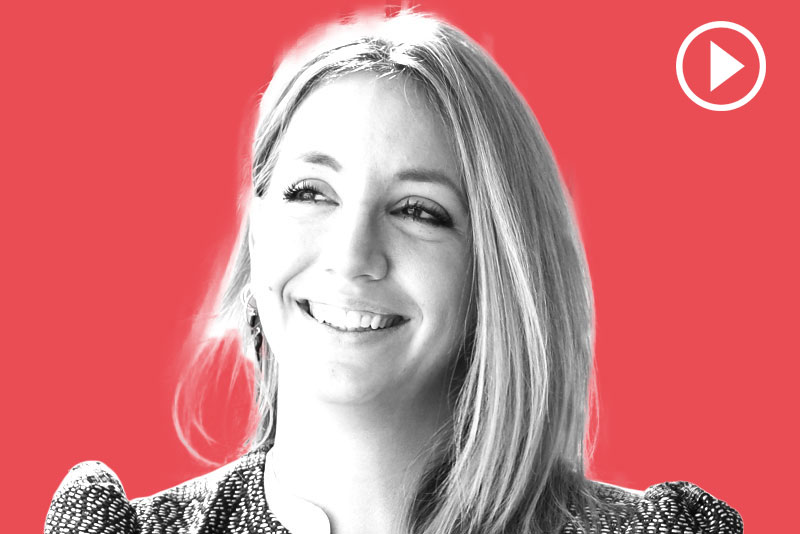
A graduate in Mathematical Engineering, Maria Vittoria Trussoni cut Head of sustainability & green tech at NTT Data Italia. Right now, she is working on AI and digital twin computing techniques to monitor and predict the environmental impact of certain processes and buildings (such as data centres), and is pursuing a line of research that aims to build models to quantify the impact of IT and technology in terms of production of CO2 equivalent. “Green tech is the meeting point between the need to reduce emissions or impact in terms of sustainability and the expansion of technology: the prospects are (almost) infinite,” Maria told Fortune Italia. She adds:
“[The advice I give to young people who want to pursue their dreams is] to be multi-skilled, dynamic, curious, to know how to absorb different passions and pick up new skills and focus a lot on people and empathy.”
You too can support the Girls @ Polimi scholarships with a donation starting from 10 euros. Click here .
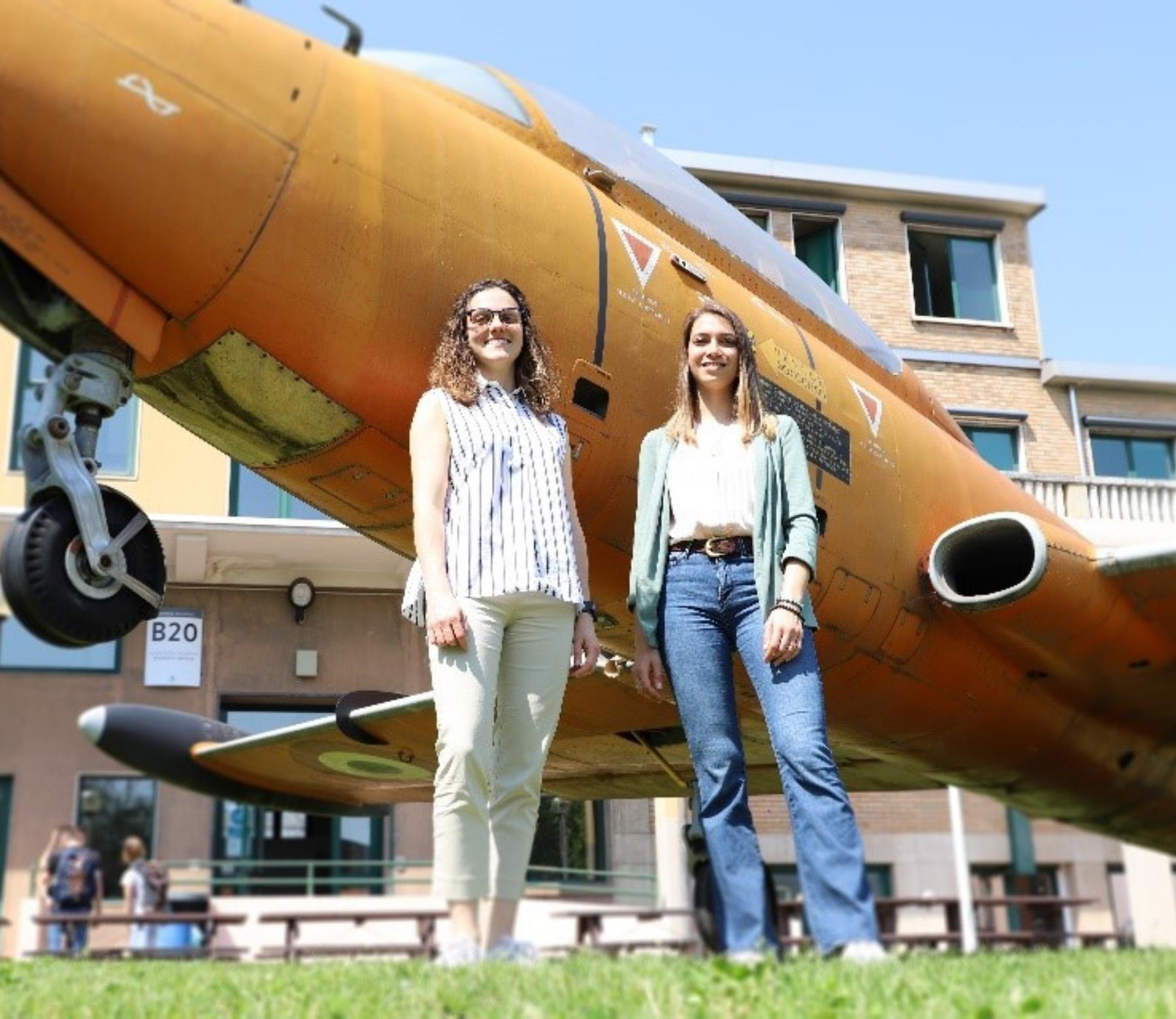
Two researchers from the Politecnico winners of the prestigious Amelia Earhart Fellowship
Since 1961, the year of the first orbital flight, about 600 people have gone into space. According to data from March 2022,75 of them were women (source nasa.gov).
See the list of female astronauts in history
You needn't travel so far though: even on Earth aerospace professions are mostly dominated by men. Worldwide, women in this industry account for about 25% of the workforce.. Academia, companies, institutions and foundations around the world are increasingly addressing this subject, providing fertile ground for players to work together towards the goal of greater gender balance, including through scholarships and doctorate degrees dedicated to women pursuing this path (we also talk about this here and here).
This is the case of female researchers Eleonora Andreis and Mariachiara Gallia, PhD students from the Department of Aerospace Science and Technology at the Politecnico di Milano, who in 2022 won two prestigious Amelia Earhart Fellowships, awarded annually by Zonta International a 30 giovani donne che perseguono un dottorato di ricerca in campo aerospaziale o astrofisico in tutto il mondo. Abbiamo parlato con le due ricercatrici politecniche premiate quest’anno e ci siamo fatti raccontare su cosa stanno lavorando.
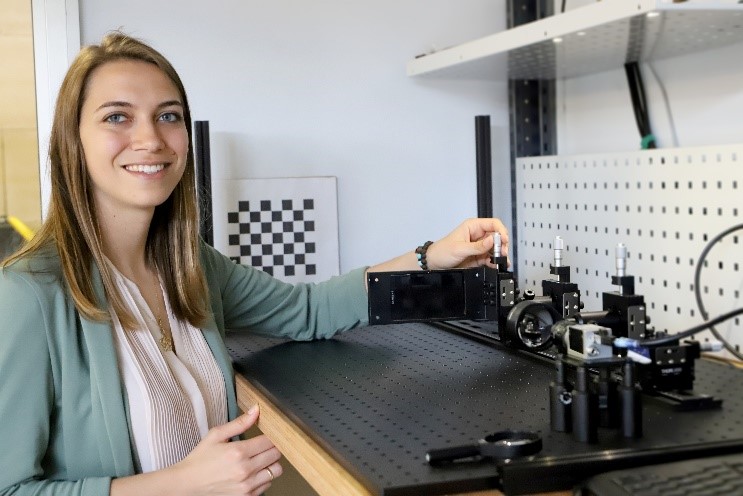
Eleonora Andreis, 25 years old, Bachelor's degree in Aerospace Engineering and Master's degree in Space Engineering, with an Erasmus placement at the University of Liège in Belgium.
"My PhD research topic concerns the development of algorithms for the autonomous navigation of miniaturised satellites in deep space, within the context of the EXTREMA project (winner of an ERC- Consolidator Grant in 2019). I work within the DART GROUP supervised by Professor Francesco Topputo.”
Andreis's project consists of developing algorithms that enable a miniaturised satellite to autonomously locate itself in interplanetary space; the satellite observes the external environment using onboard cameras and is able to derive its position by triangulating the information it extracts, in a process which Andreis explains is “similar to what sailors did in ancient times by observing stars in the sky”.
Her project focuses on small, low-cost satellites, which promise to be major players in space research in the coming years. Since navigating a miniaturised satellite from Earth incurs a similar cost to flying a standard satellite, Andreis is mainly working on making the satellite autonomous in its navigation operations. At the same time, she is developing small, inexpensive navigation technologies and methodologies, testing them on hardware that mirror the onboard set-up.
"Another innovative aspect of my project lies within the context in which the navigation algorithms are applied, namely deep space. Nowadays, research in the field of autonomous optical navigation is more focused on other case studies, in particular those in which the satellite is in low or medium orbit around the body it is observing, which may be a celestial body or another satellite, for example, while few research groups are actively working on its interplanetary application.”
“Actually, I hadn't planned on doing a PhD whilst at university”, concludes Andreis. "It was a decision made during my final year, whilst I was working on my master's thesis. The topics I was working on in my thesis really intrigued me and around the same time PhD positions had opened up on very similar research topics within the context of a highly important project (EXTREMA), so I took the plunge. After finishing my PhD, my plan is to stay in research."
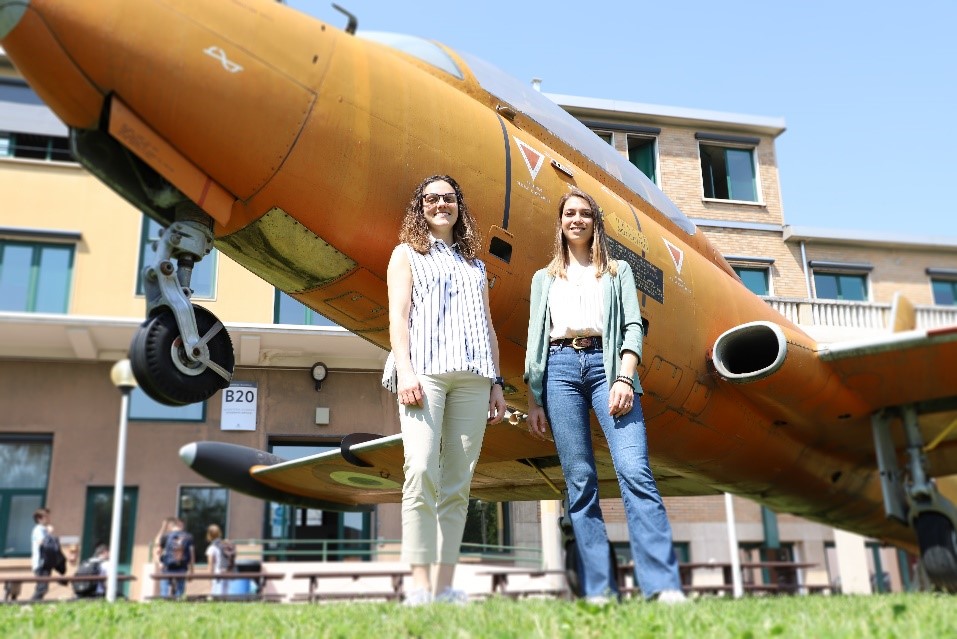
Mariachiara Gallia, 26 years old, Bachelor's degree in Aerospace Engineering and Master's degree in Aeronautical Engineering. During her Master's degree, she completed an Erasmus placement at the University of Southampton.
“Ever since I was a child I have always had a passion for maths and physics. I have always been a very curious person and particularly fascinated by aircraft and how they work. However, after graduating at the liceo scientifico (high school), I had chosen to enrol in the Faculty of Mathematics, driven by the passion I had cultivated during the liceo. After a few months, I realised that the maths I had studied in high school had actually nothing to do with what I was doing. So I decided to transfer to a faculty that was more practical and could be applied to real-life. I enrolled into Aerospace Engineering and immediately realised that this was the field that I wanted to work in; in particular, I was very passionate about aeronautics and aircraft aerodynamics."
Gallia is working on the numerical simulation of ice accretion and ice protection systems on fixed and rotary wing aircraft, by developing the PoliMIce simulation framework. "I work with Prof. Guardone's research group with Dr. Barbara Re, Dr. Giulio Gori, Dr. Camilla Conti and my PhD colleagues: Tommaso Bellosta, Andrea Rausa, Alessandro Donizetti, Luca Abergo, Francesco Caccia and Yang Peng. The main objective of my research project is to develop a framework that can help in the design and optimisation of anti-icing systems.
Part of my project consists of studying the physics of the problem, i.e. the aerodynamics of the aircraft, the trajectory of the cloud particles impacting the aircraft, and in particular the energy and mass exchanges regulating ice formation and melting (when the anti-icing system is activated). The second part consists of the application of optimisation methods to the design of an anti-icing system. In particular, the innovative factor concerns the optimisation that is carried out in a robust manner, i.e. considering uncertainties in the design parameters in order to obtain a more reliable and safe system even outside deterministic design conditions."
Like Andreis, Gallia was also convinced at first that she wanted to enter the world of work after university. "I became passionate about research thanks to the calming, yet stimulating environment I found whilst writing my thesis with Prof. Guardone and his research group. So, after my thesis, I decided to go down this path, which for now, despite the expected ups and downs, is bringing me a lot of satisfaction. The Politecnico is recognised overseas as a centre of excellence, offering many opportunities to carry out research, as well as possibilities for collaborating with European and non-European institutions, allowing students to work in an international environment and constantly feel connected to the wider world. Finally, thanks to our relationships with companies in the industry, it is possible to see the results of the research we carry out applied “in the real world”. After my PhD, I would definitely like to continue working in research, maybe even in academia, in Italy or abroad, depending on the upcoming opportunities that arise.”
Support students: with a donation starting from €10 you can help fund scholarships:. Give now.
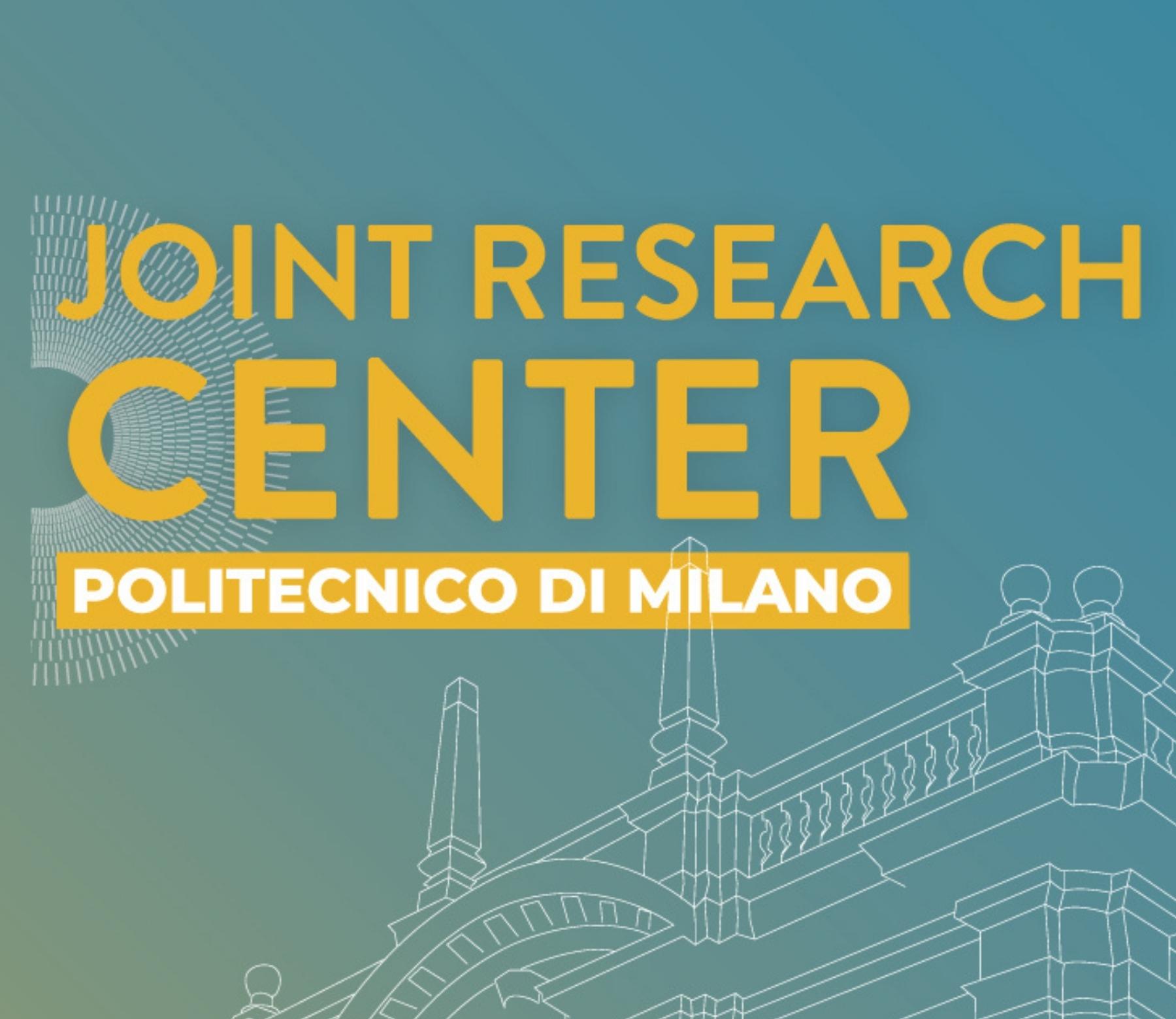
Politecnico and the NHOA group for a new JRP
The NHOA Group (NHOA.PA, ex Engie EPS) and Politecnico di Milano sign agreement to create a Joint Research Platform (JRP) with the aim of developing more innovation, research and training in the energy sector to enable the global transition to clean energy and sustainable mobility.
The scientific collaboration agreement consolidates the long-standing partnership between NHOA Group and Politecnico di Milano and stems from the mutual desire to develop joint training, research, and innovation initiatives. The main objective is to address cutting-edge research topics in energy storage, e-mobility and distributed energy resources.
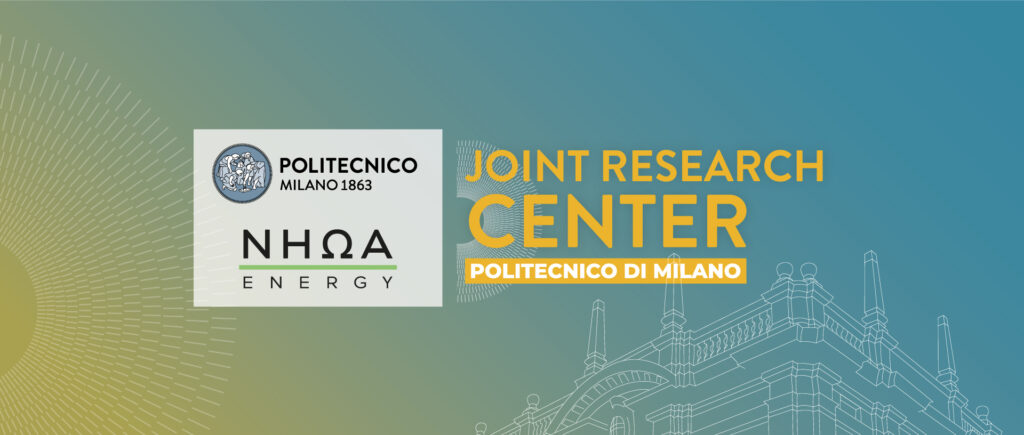
The collaboration covers the following areas:
• power conversion systems’ innovative control and design to sustain weaker electrical grids;
• New battery technologies’ development focusing on EV second-life batteries;
• cutting-edge EV charging solutions coupled with storage of renewable energy;
• energy management systems and cloud computing unlocking distributed energy resources.
Sustainability, global transition, clean energy, and sustainable mobility are not slogans. They are actual commitments and leading priorities in research, economic and political agendas. An obligation to Politecnico di Milano, the first technical university in Italy and one of the top institutions in Europe.
commented Ferruccio Resta, Rector of Politecnico di Milano.
Among the many initiatives, NHOA Energy, Atlante and Free2move eSolutions - the three Global Business Lines of NHOA Group - invest in the growth of next generations, supporting PhDs and young researchers.
NHOA Energy also contributes to the Polytechnic Equal Opportunities ( POP – Pari Opportunità Politecniche ) program with the Girls@Polimi, initiative, which provides for the donation of a full-cycle scholarship to encourage final year high school students to enroll in STEM disciplines.
NHOA Group JRC activities will include 8 new PhD scholarships to support the different research initiatives and in 2023 the creation of a JRC lab in which students, researchers, and professors from Politecnico di Milano and NHOA Group R&D engineers will work together to develop new products for NHOA Energy, Atlante and Free2move eSolutions.
Collaboration with the NHOA Group gives rise to a Joint Research Platform that not only stems from a solid foundation, but also reflects a long-term vision and mutual approach that is paradigmatic in dealing with complex and highly demanding global scenarios.
Resta concluded.
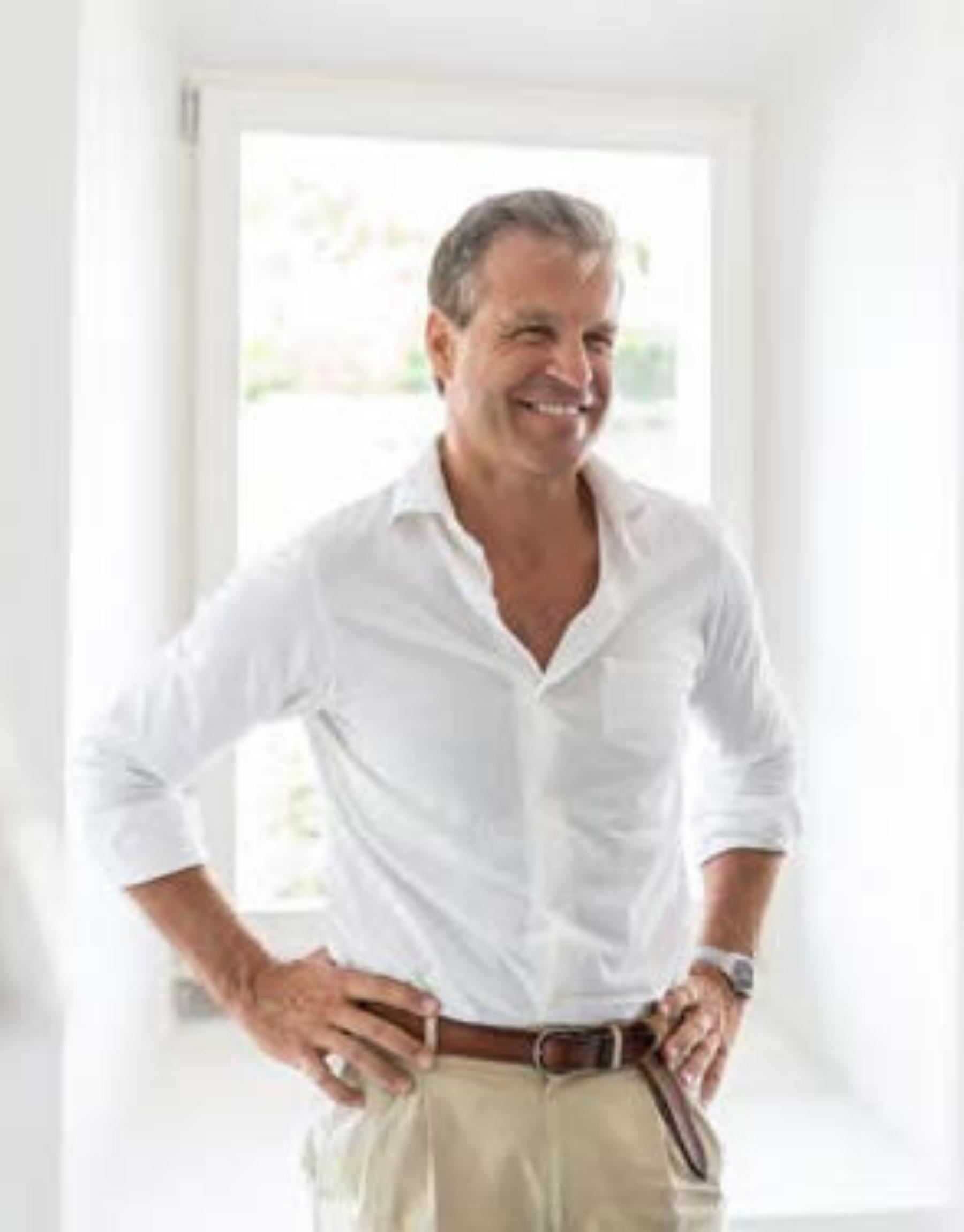
The Milan of tomorrow: a gallery of Politecnico works
The Premio Architettura e Urbanistica Urban File 2021 selected the most significant and virtuous recent works in the city of Milan: 7 of the 8 winning projects are works by Politecnico Alumni. We interviewed some of them to learn about how the city is changing and will continue to change. The interviewees are Paolo Asti, Pasquale Mariani Orlandi, Sonia Calzoni and Sebastiano Pasculli
Chapter 1: Alserio 10, the curve of time
- PROJECT: Regeneration of existing residential buildings and tourist accommodation
- FIRM: Asti Architetti
- ALUMNUS: Paolo Asti
- PLACE: The Isola district in Milan
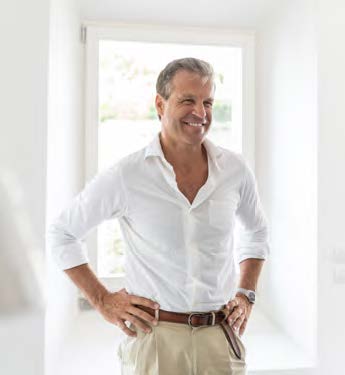
At the end of the 1980s, at number 10 Via Alserio in Milan, a team of editors from the prestigious publishing house Selezione dal Reader's Digest were hard at work drawing up the World Atlas. Every day, they worked on the oceans and epochs, the sciences and Earths in their own round world of the building at number 10: a building designed by Melchiorre Bega in 1968, who gave the building curves instead of corners, so that it seemed to rotate around the district.
“Unlike the usual city architecture, which is placed right at the edge of the street, this building is placed in the middle of the block and is visible from 360°,” begins Alumnus Paolo Asti, founder of Asti Architetti, who led the building redevelopment project. Today, Alserio 10 is a residential complex, with 70 spacious apartments, each with its own balcony. “We have taken and emphasised the legacy of the curved aspect featured in the original design by creating balconies that chase one another like waves around the whole building,” explains Asti. - The curved line is easy on the eye. It gives you a sense of flowing, growing and transformation. Greenery is an integral component of the façade because people love being surrounded; this green filter is a kind of portal between inside and outside. Nature also influenced our choice of materials: we used a lot of wood or imitation wood materials and, on the ground floor, we used aluminium with a bronze effect. The most pressing issue of our time relates precisely to land: I see no need for further land consumption but rather a better utilisation of it.”
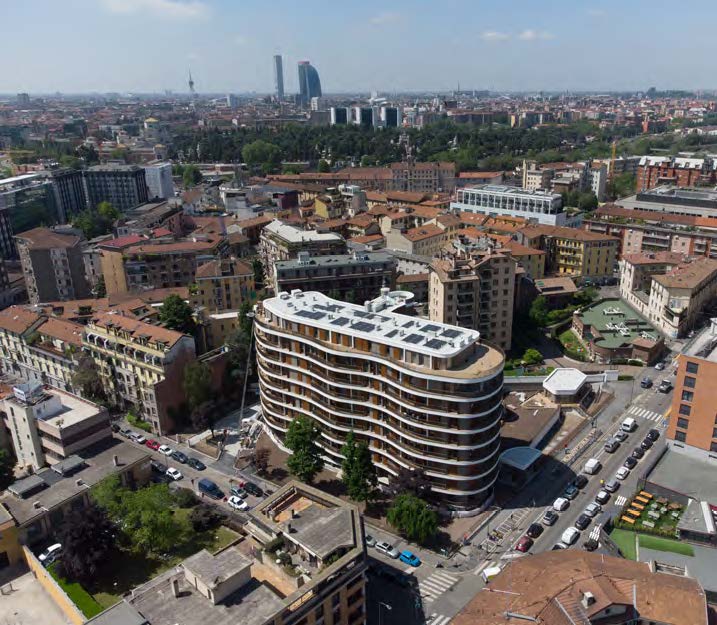
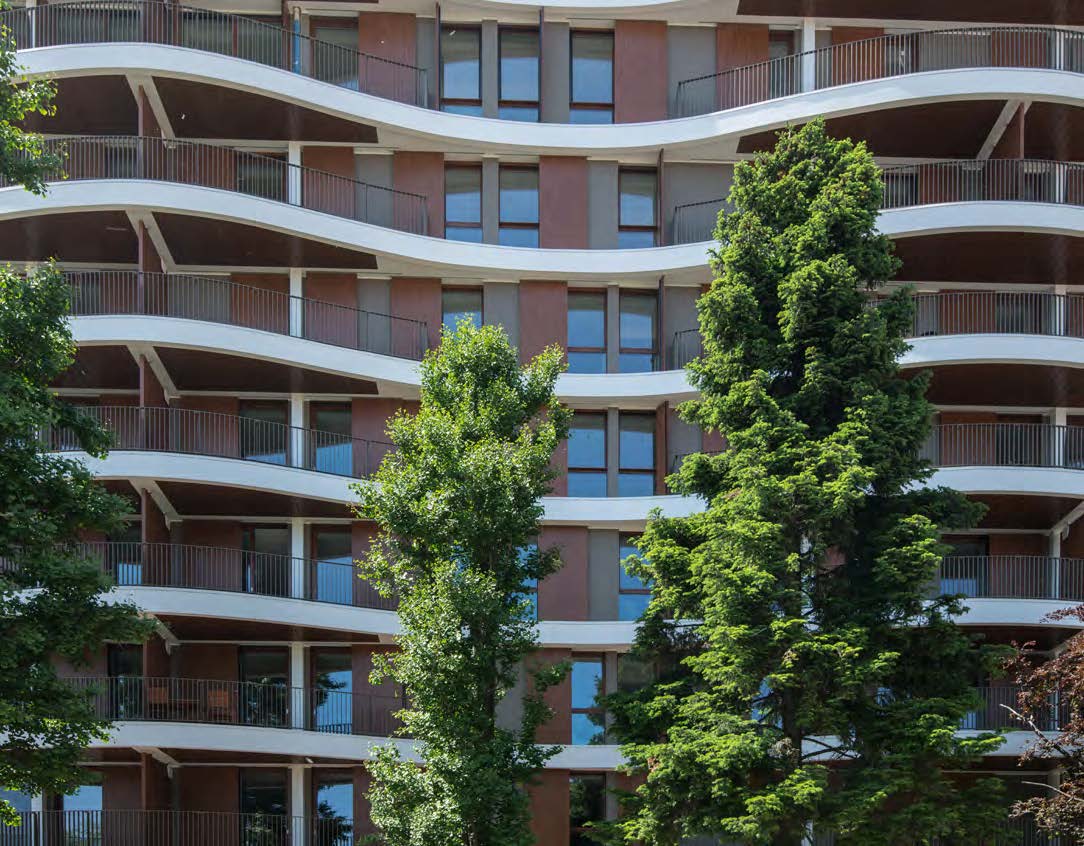
The Isola district, where Alserio 10 stands , best represents the transition from past to future in urban planning:
“Here, the historic Milan of old shops, which have disappeared elsewhere, coexists with the large real estate industry. Milan is a polycentric city, which, given its characteristically dynamic nature, is not restricted to a single city centre, but rather has been able to create many centres.”
This duality of time dominates Paolo Asti's work, who is currently engaged in the redevelopment of the Velasca Tower. Talking about this latest project, Asti says: “Citizens need this iconic piece of 1960s Milan back in the city. The restoration has to make the building functional again by making it seem like nothing has changed from 1956 to 2022. I often stop myself from changing perfect buildings designed by those who have come before me, even if ravaged by time. Because time devastates everything - people and buildings alike.”
MAP is one of the many initiatives created by Alumni Politecnico di Milano. If you want to receive two issues of the magazine in paper format, consider donating..
